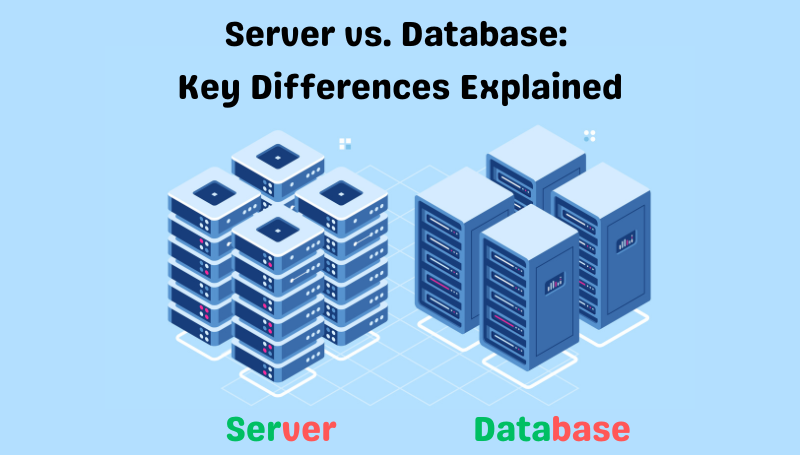
Server vs. Database: Key Differences Explained ????
Pratibha Shirsath
SEO Specialist | Digital Marketing Strategist | Social Media | Driving Online Growth
Understanding the distinction between a server and a database is crucial for anyone involved in web development, IT, or data management. While both are integral to the operation of websites and applications, they serve different purposes and functions. In this article, we’ll explore the key differences between servers and databases to provide a clear and comprehensive guide.
What is a Server? ???
A server is a powerful computer or device that provides services, resources, or data to other computers, known as clients, over a network. Servers can host websites, manage emails, store files, and more. They are essential for the infrastructure of the Internet and local networks.
Types of Servers:
What is a Database? ??
A database is an organized collection of data that can be easily accessed, managed, and updated. Databases are used to store information in a structured format, making it easy to retrieve and manipulate data efficiently.
Types of Databases:
Key Differences Between Server and Database ??
1. Functionality and Purpose ??
领英推荐
2. Role in the System ???
3. Interaction with Users and Applications ??
4. Components and Technologies ??
5. Scalability and Performance ??
Conclusion ??
In summary, servers and databases are foundational components of modern computing infrastructure, each with distinct roles and functionalities. Servers provide the necessary services and resources to run applications and manage network communications, while databases store and organize data efficiently.
For those seeking robust hosting solutions that integrate seamlessly with various databases and server types, consider MilesWeb. MilesWeb offers a range of hosting services tailored to different needs, ensuring high performance, security, and excellent customer support. Whether you need web hosting, VPS, or dedicated servers, MilesWeb provides the expertise and reliability to support your online operations effectively.